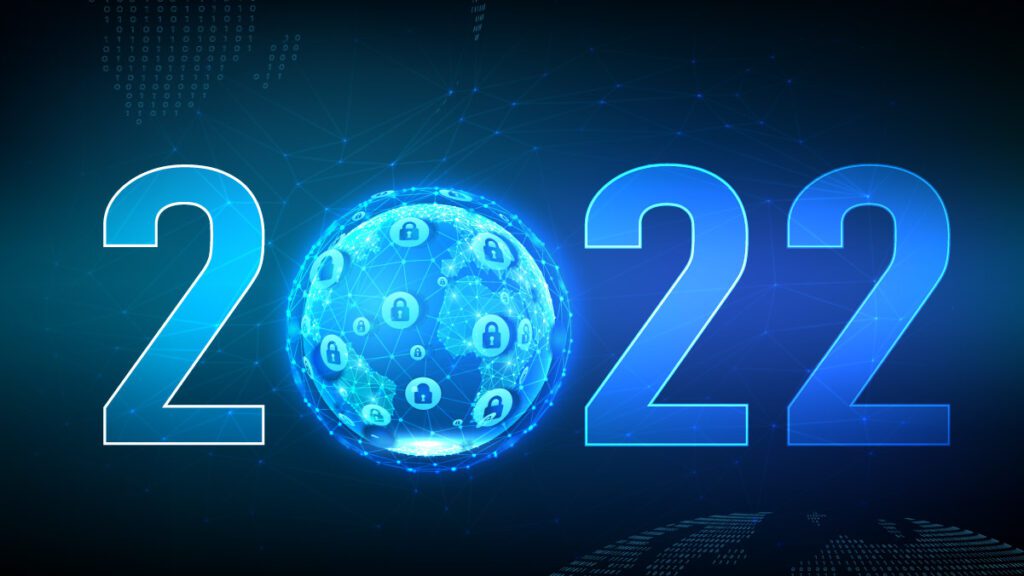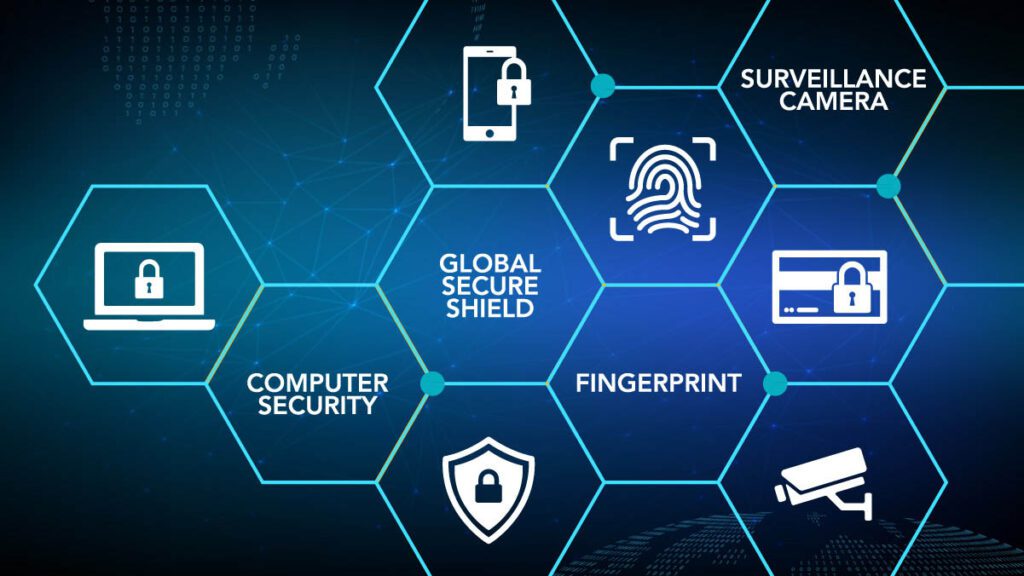
With the sudden surge in online working and learning, mainly fueled by the latest health events that hit the world population, the number of internet users has increased considerably in the last few years. According to statistics by the international telecommunications union (ITU), the number of internet users increased by 9 percent between 2019 and 2021 to reach a total of 63 percent. Statista further estimates the volumes of data in 2022 to around 180 zettabytes, that is around 180 billion terabytes. The large amounts of data circulating online highlights the increasing importance in preserving data security. How to protect your data is a central question in 2022. This is in a time where hybrid is still the preferred type of work, and digital transformation has forcefully moved sensitive information to digital platforms.
Properly Set up Your Working Device
Having a properly set-up device is the most important step to reduce cybersecurity threats and protect your data from being stolen, encrypted or tampered with.
Set up your Antivirus and Firewall
The main two elements to thwart attacks are your antivirus and firewall. The two have complementary functionalities. A firewall, as its name stands, is a network security device that enforces some policies to filter incoming and outgoing data thus blocking potentially hazardous activities that may infest the personal device or more dangerously, a company’s network. If the company you are working for does not have a firewall, you can at least enable the firewall that comes with your operating system.
An antivirus software has a constantly updated database of common viruses and other malware. The associated software will then scan the computer and connected storage devices for any intrusive activity, then deleting the discovered threats. A lot of companies offer their antivirus software for free. More elaborate internet security features can be acquired for an additional fee.
Most paid antivirus software provide protection from Ransomware attacks. These are among the most harmful attacks as the attacker encrypts your files and would not provide the decryption key until a “ransom” is paid in cryptocurrencies.
Update Your Software to the Latest Version
Updating the operating system on your laptop or smartphone is not only meant to introduce new features or functionalities. The main aim of software updates is to patch security issues and thus close any loophole or backdoor an attacker can use to steal or tamper with your data. It is therefore essential to make sure to regularly “Check for Updates” if this is not enabled automatically.
Beware of the “Sweet” Cookies
Most websites currently ask you to “Allow all cookies” to be able to access the website itself. In general, cookies are entries that are stored to track your activity and present you with customized content, mostly for ads and additional business revenues. Although harmless in general, the process of storing cookies requires some of your personal data, which most of us find intrusive and controversial. A good practice is to go to your browser settings every now and then and clear cookies.

Protect Your Accounts and Files
Another way of securing and protecting data is to ensure your accounts are secure enough.
Passwords
Passwords are still the widely used techniques to authenticate a given user. Many individuals still use simple passwords or strings that contain their names and birth dates. An attacker normally checks combinations of letters and digits to guess the victim’s password. A stronger password means a tougher task for the attacker to guess. To protect your sensitive data efficiently, you need to use characters, digits, and letters while avoiding including personal information in the construction of the password.
Two-step authentication or more broadly, multi-factor authentication (MFA) is the best improvement to regular password usage. With MFA, additional steps are needed to verify the subject’s identity which can be seen as added layers of security.
Use Virtual Private Networks (VPNs)
Virtual private networks can be seen as networks within networks. This means that two end-parties can connect on a public network but appear as if they belong to a private network. Think about it as a tunnel that goes through the internet connecting you and your communication partner.
Always Think How to Store the Data Securely
Data storage is the biggest issue in data security. Most of internet users rely on cloud storage platforms to keep their large volumes of data. Dropbox, Google Drive, iCloud, OneDrive are the common platforms used to store data, including large images and videos. While they promote high security practices, your data is never safe. Remember the 2014 iCloud naked celebrity photo leak? Or even your data which is kept on Facebook’s servers even after you delete them? These are some issues with cloud storage solutions. You can never be sure what is happening with your data. A good practice is to keep secret, confidential, and intimate data away from the internet. Use a USB, a CD, or even hard copies of your important documents. Treat them as you do with the cash in your wallet.
Make Sure to Report Incidents as Soon as They Happen
It is very important to report incidents or cybersecurity events as soon as they happen. This is crucial in finding fast solutions and develop security patches. Moreover, if you are working in a company or any institution, reporting incidents will allow others to avoid falling victims to a similar cyberattack. In this way, you will help to protect the data of your colleagues.
Avoid Sharing Your Location Data
With Google, Apple, Bing and many other having detailed maps with an incredible resolution showing streets and homes, our location is compromised to everyone using these services. It is primordial to go to these platforms and hide any data or source of information that could compromise your privacy.
In this sense, also beware of mobile and phone apps that request to use your location data. Don’t share your location unless you trust the application and its developer. As a safety precaution, only allow sharing location while using the app and not all the time. This is crucial to protect your data.
Summary
As the world is transitioning towards an increasingly larger digital footprint, protecting data is becoming much more important. Most of our information and personal data is circulating freely over the internet, preyed by cyber attacker looking to misuse your collected data. Protecting the data comes from changing our own practices to prepare a safe ecosystem from which we can surf the internet. At the same time, we shouldn’t trust much data handling and storage offered online and therefore properly decide which piece of information to share on the web. In 2022, the threats are high and in forthcoming years threats will be even higher and more diverse. So start protecting your data now!
“Inside Telecom provides you with an extensive list of content covering all aspects of the tech industry. Keep an eye on our Cybersecurity space to stay informed and up-to-date with our daily articles.”